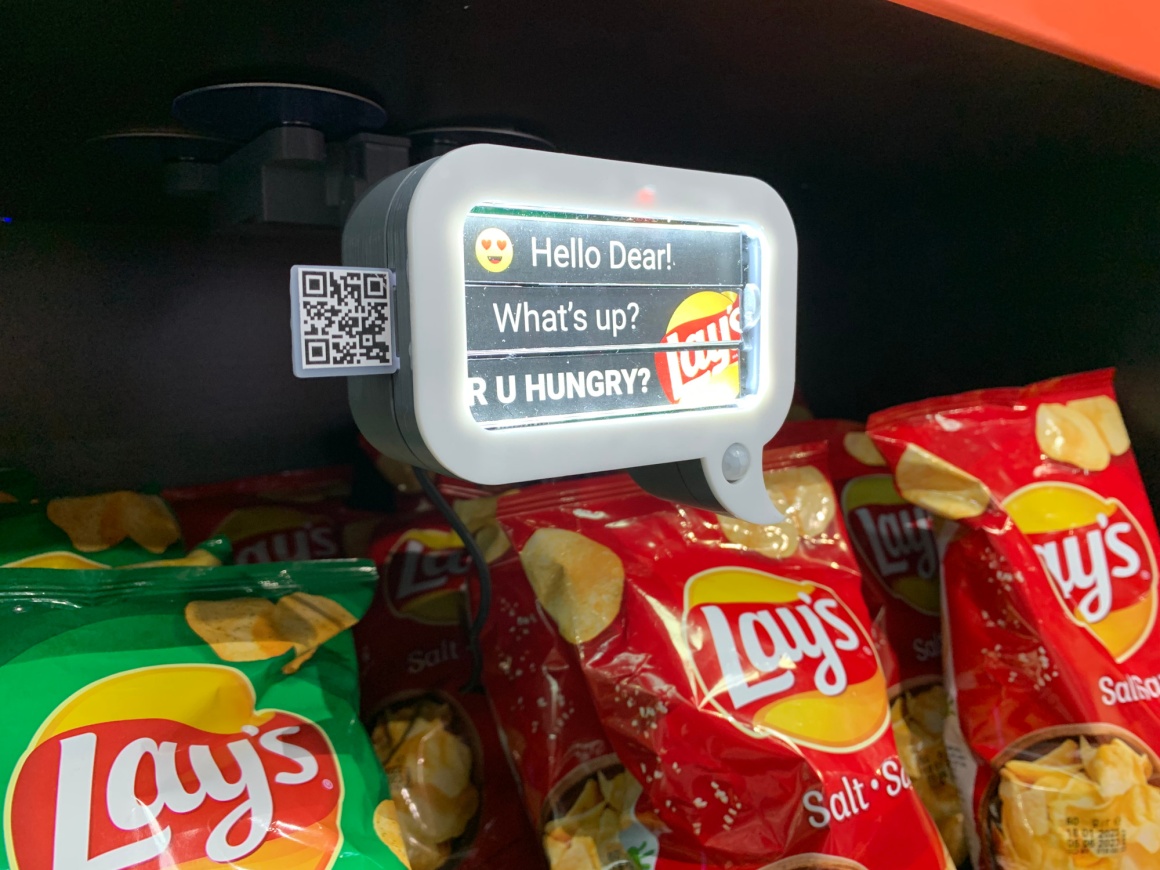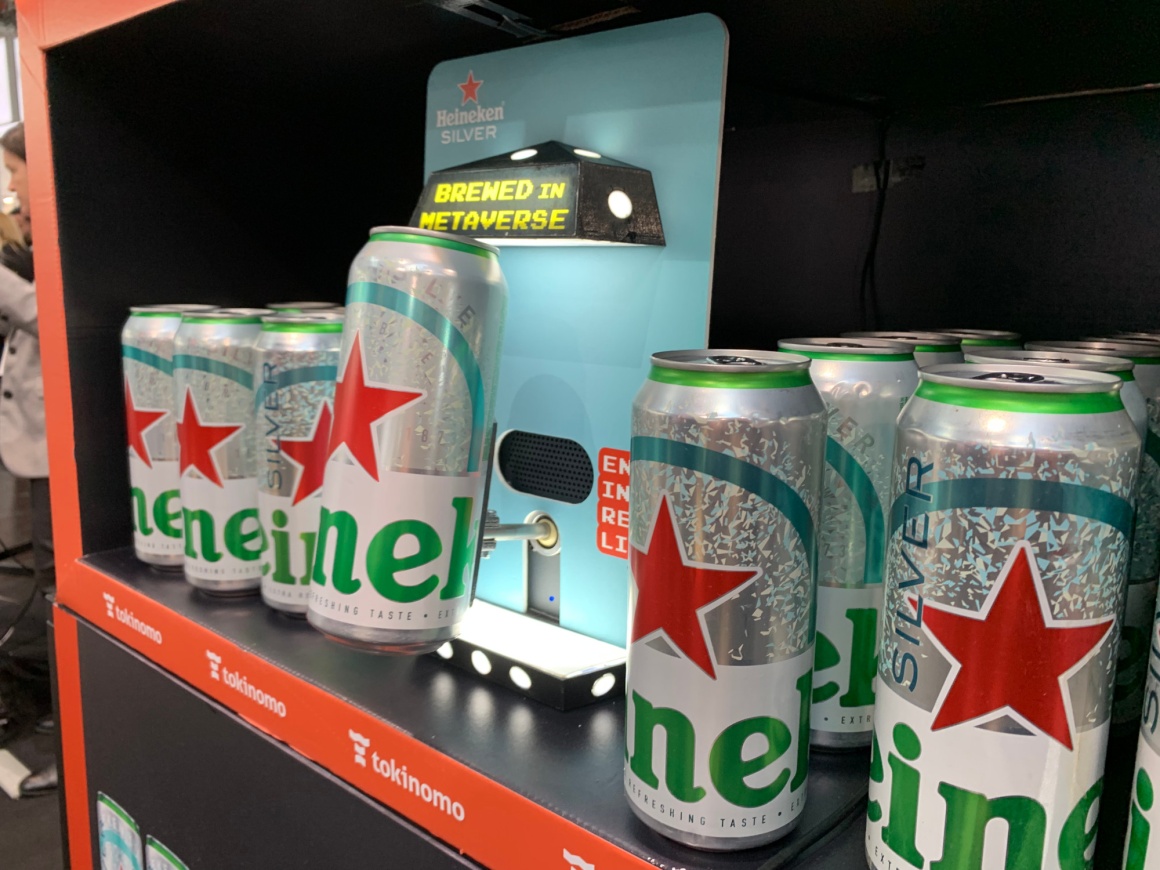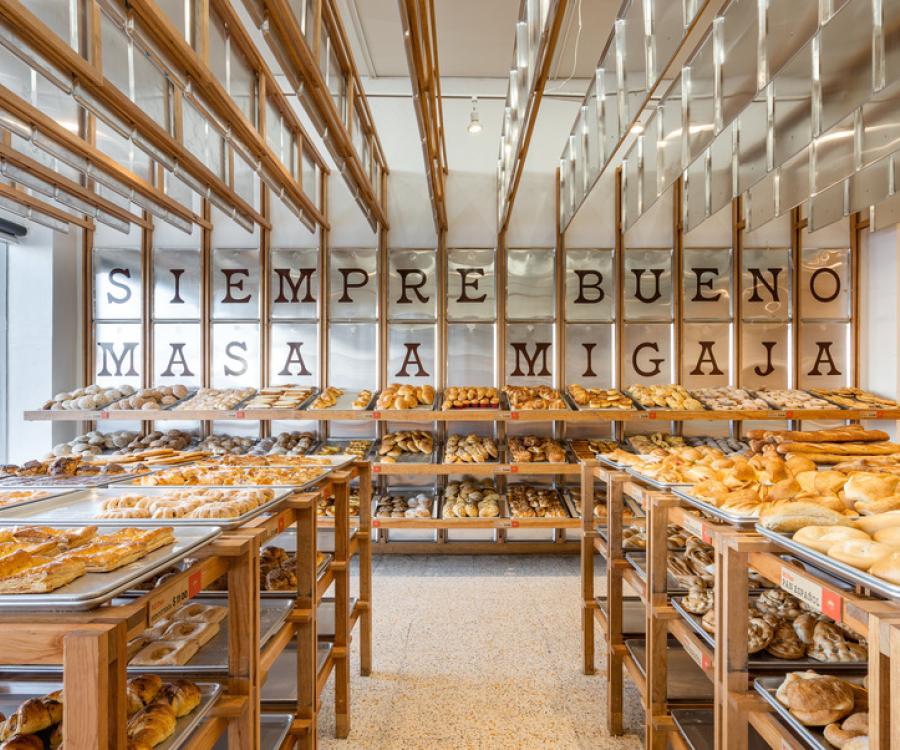A few aisles, many haphazard shelves and even more competing products – how can brands stand out from the crowd? A Romanian start-up has also asked itself this question. The answer: Tokinomo, an interactive robot arm that brings products to life. Company founder Ionut Vlad told us what's behind the idea and what role human DNA plays in it.

Ionut, when it comes to shopping, do you prefer online or brick-and-mortar retail?
Both. Sometimes I like to shop in stores because it's more about the experience: you can look at several products, try them out or try them on. Online shopping is of course more convenient and faster.
Nevertheless, you also believe that retailers should continue to rely on on-site stores, right? Why?
I don't think brick-and-mortar retail will disappear from the scene any time soon. I think both forms of retail can coexist. Of course, brick-and-mortar retail has to evolve and adapt to the new situation and circumstances, but it's not just in the direction of e-commerce. After all, brick-and-mortar retail has some advantages – especially in the food sector, where we operate: Customers can browse for news, take time out from the daily hustle and bustle, relax and get personal advice from employees.
Your marketing solution relies on light, movement and sound – is a multisensory shopping experience now essential for brick-and-mortar retail?
Well, I don't think it's essential, but probably more efficient because people are bombarded with all kinds of stimuli and messages nowadays. Retailers have to try to appeal to the senses of their customers to get their attention. Movement, for example, is in our nature. So it's part of our DNA to respond to movement. Add to that light and sound, which can be used in different ways, and you have an overall image that appeals to customers.

What does the creation of attention mean for the product presentation in the store?
A product must be visible during the customer journey. If it is not – regardless of quality, brand and price – it will be ignored. And the effort that the manufacturer has put into the product is ultimately ignored, lost or wasted. Basically, customers walk through the store or mall in autopilot mode. So they don't really notice every product. You have to stand out from the crowd.
So the autopilot mode has to be broken, right?
Exactly, retailers have to get customers to lift their heads, look around and, in the best case, interact with products. To do this, we have developed a robotic arm that lifts merchandise off the shelves and makes it dance, so to speak. The solution is designed to be used initially in grocery stores, but would also be useful in pharmacies, gas stations and hardware stores, especially where different brands are offered and competition is greater.
What do you think brick-and-mortar retail will look like in 15 to 20 years?
I don't think too much will change, it hasn't in the past 50 years. However, I'm just talking about people walking the aisles and picking up their products. I think 15 to 20 years is not a long-term perspective: there are so many retailers who keep coming up with innovations and it just takes time to establish them.
That's a very interesting assumption. Do you have a concrete example of this?
Just think about Amazon Go. The concept has been around for several years and is still not being implemented or used worldwide, because shoppers don't just change their shopping habits and seem to like going to the old familiar checkout. It's becoming mainstream, but it's not there yet.
I think it will probably evolve and I think that the customer experience will be crucial because the customer is becoming more and more the focus: it's not about the brands anymore, it's not necessarily about the retailers anymore or what's technically possible, it's about the shoppers. Shoppers have the power to decisively shape retail, brands and products. And they set the pace.




